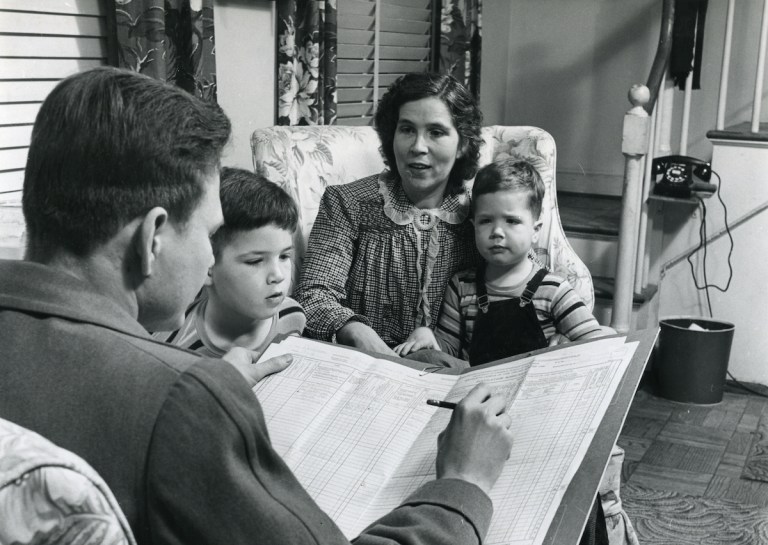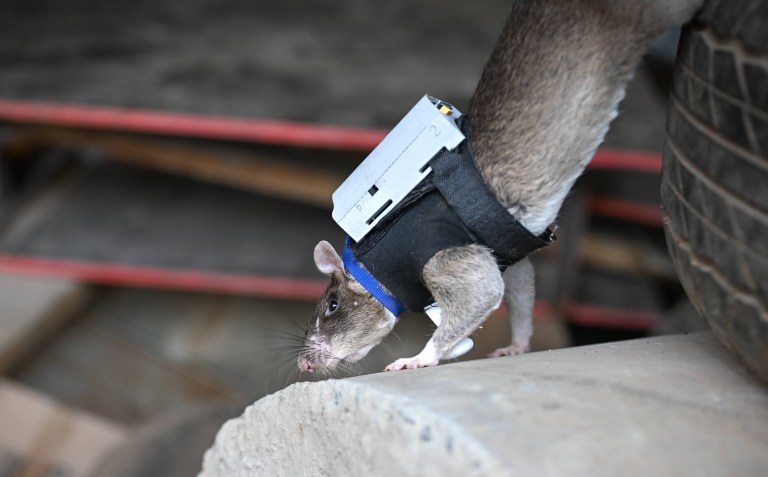Starting Jan. 1, New York employers will be required to provide up to 20 hours of paid prenatal leave in a 52-week period for pregnant workers to receive medical care. In addition to the three months of paid parental leave eligible employees receive, this time off will allow them to attend doctor’s appointments and be in a better position to take care of themselves without jeopardizing their jobs.
In a press release, Gov. Kathy Hochul said the labor decision is in alignment with women’s health research, which shows a correlation between prenatal care and improved outcomes for mothers and infants. “The concept is that working mothers should not have to dip into their sick leave bank and draw down on that bank for health care associated with having a baby,” attorney Harris M. Mufson told CNBC.
The policy, part of a $37 billion Medicaid investment that includes eliminating co-pays for insulin and protecting low-income residents from medical debt lawsuits, is poised to help pave the way for a national movement. “I think other states and other governors who share a similar set of values in prioritizing women’s health hopefully will follow,” said Reshma Saujani, founder and chief executive of Moms First, a campaign from the nonprofit Girls Who Code.
Washington D.C. is already ahead of the game, setting a precedent for New York’s policy with its own prenatal leave allowance. As of October 2022, the district’s Paid Leave Act allows a worker to take up to two weeks of paid time off to care for their pregnancy.
Other states that are most likely to join the prenatal leave initiative are those with already liberal employee protections — like California, Colorado, Massachusetts, Washington, Illinois, New Jersey, and Connecticut — said Kelly M. Cardin, a shareholder with Ogletree Deakins who specializes in employment law. “I think it’s something that could spread,” she told CNBC.
Paid lactation breaks are another upcoming change to New York’s labor law. As of mid-June 2024, “An employer shall provide paid break time for 30 minutes, and permit an employee to use existing paid break time or meal time for time in excess of 30 minutes, to allow an employee to express breast milk for such employee’s nursing child each time such employee has reasonable need to express breast milk for up to three years following childbirth,” Sec. 206-C of the law reads.
Despite New York’s already extensive family leave policy, though — federal law only stipulates that 12 weeks must be allowed for time off, not that they must be paid — very few parents take advantage of it. Just 2% of eligible employees use the program, according to data provided to CNBC by Mom’s First. And nationally, just 3%-5% of those who are eligible take any paid leave at all, Saujani told the outlet.
To help raise awareness of the state’s new laws, Moms First created a website that allows workers to use A.I. to determine their eligibility, and it plans to make the tool available in other states that offer paid leave as well.
“If no one knows it exists, they aren’t going to be able to access it,” said Saujani.












